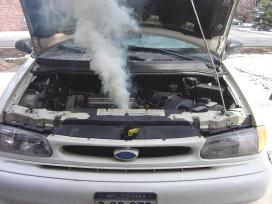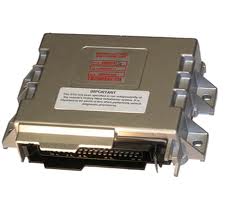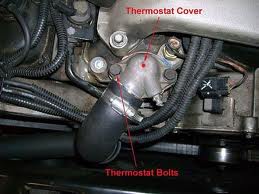The simple fact is, you have all the tools within you to accomplish your life long dreams of living the kind of life you want without being bothered by small things like bills to pay. If you can live your dream life, most likely you will be in a position to help others realize their dreams. So lets start with you. First of all lets look at some traits of people who will never make it in life, at least in as far as making money is concerned:
- Insecure people. These people are always doing things to secure their positions. This is mostly in work place. Some people always want the boss to know how good they are. They always want to be the ones to take credit for any achievement. They don't want to share what they know with others at their work place. They fear that if someone else gets to know what they know, they will be considered dispensable. They never want anybody to rise to their level of expertise. What they don't realize is that the moment you become dispensable, it is simply a time for you to climb one more ladder step in life into a new area where once again you will be indispensable. Just get this, if you want to hold someone down you also have to stay down with them. Strive to make yourself dispensable at all time and you will realize the magic in it. First people will love you. Naturally when you share, people will like you. Second you will start setting yourself up for higher goals. Sadly some people are so good at what they do but so mean with it that actually no one ever realizes how good they are. Remember the world owes you nothing, if you don't show the world what you can really do for the world, no one will pay you to show it. First show the world what you have got, and the world will in turn pay you for it. The converse never works. If you insist, you will die with your music in you. You need to play that lovely music to the world!
- People looking for money. This is the category in which so many of us are found. This precisely explains why 90% of the world's wealth is in the hands of 10% of the human race. A simple fact is when all your instincts, judgement and wisdom get clouded by the desire to get money, then whatever you come up with will never be worth a cent. Put people first in whatever you do and you will never look for money in your life. It is simple, if people are satisfied with your product or service, you will never beg them to pay for it. Even if they are genuinely unable to pay for it, they will pass word round and you will get other people who will pay.
- Doing something you are really not good at. People do things they are not good at for several reasons. One is they believe, it is the in thing to do. I remember when I was in high school every one us wanted to become a doctor. We viewed medicine as a prestigious profession. Few of us really had the actual calling necessary to become a doctor. Being a top national school, we were all bright, no doubt about it. But how many of us, despite qualifying for medicine, even having done it today, would say they are really happy with what they are doing? Just because you can merely qualify to do something doesn't mean you do it. If you really want to know how passionate you are with what you do, ask yourself this, "If it were not for money, will I be doing this today?" If your answer is no, just know you will only be making enough money to pay your bills for a long time. Your calling lies somewhere untapped but you are too scared to go for it. Second reason why we do things we don't like is because of some imagined sense of security. We feel we have a salary, we can pay our bills, we can educate our kids. I agree this is really very important to us, especially when we have to take care of our families with our pay check. But really our families should be happy if we are really doing what we love to do. Life is not all about money. Actually the paradox is, when you stop thinking about money and start living, money will start coming!
- Mediocrity. I will define this as simply passing time, lack of dedication, just being lazy and doing a shoddy job. Sorry to say, but this is what happens in most government offices. Someone gets paid a salary but does not deliver up to expectation. Not that these people cannot deliver, they have the ability to do so but simply are lazy about doing it. When something goes wrong they are very quick at looking for scape-goat routes. They have zero dedication for what they do. They would rather chat away whole day with their friends rather than do what they are supposed to do in office. They are a major contributor to product and service failures in companies since if in front office, they will not handle clients well. They are a major pain to work with. On the flip side it may mean company management is not motivating its staff well and hence most people resort to mediocrity. But my advise is, if you think this company is doing so badly, then don't waste your time there, you can actually build a company that will beat the current company you work for. Just learn from the example of Yahoo and Google. Google rose from nowhere and overtook the giant search engine Yahoo. It is very simple Google new what they were doing and still do, Yahoo din't. Needless to say, mediocre people never make much money in their life time.
Therefore to summarize everything and give you one answer as to why you are not rich today, I will say this. You have not discovered what you are good at, and if you have, you have not yet given it your best.





















